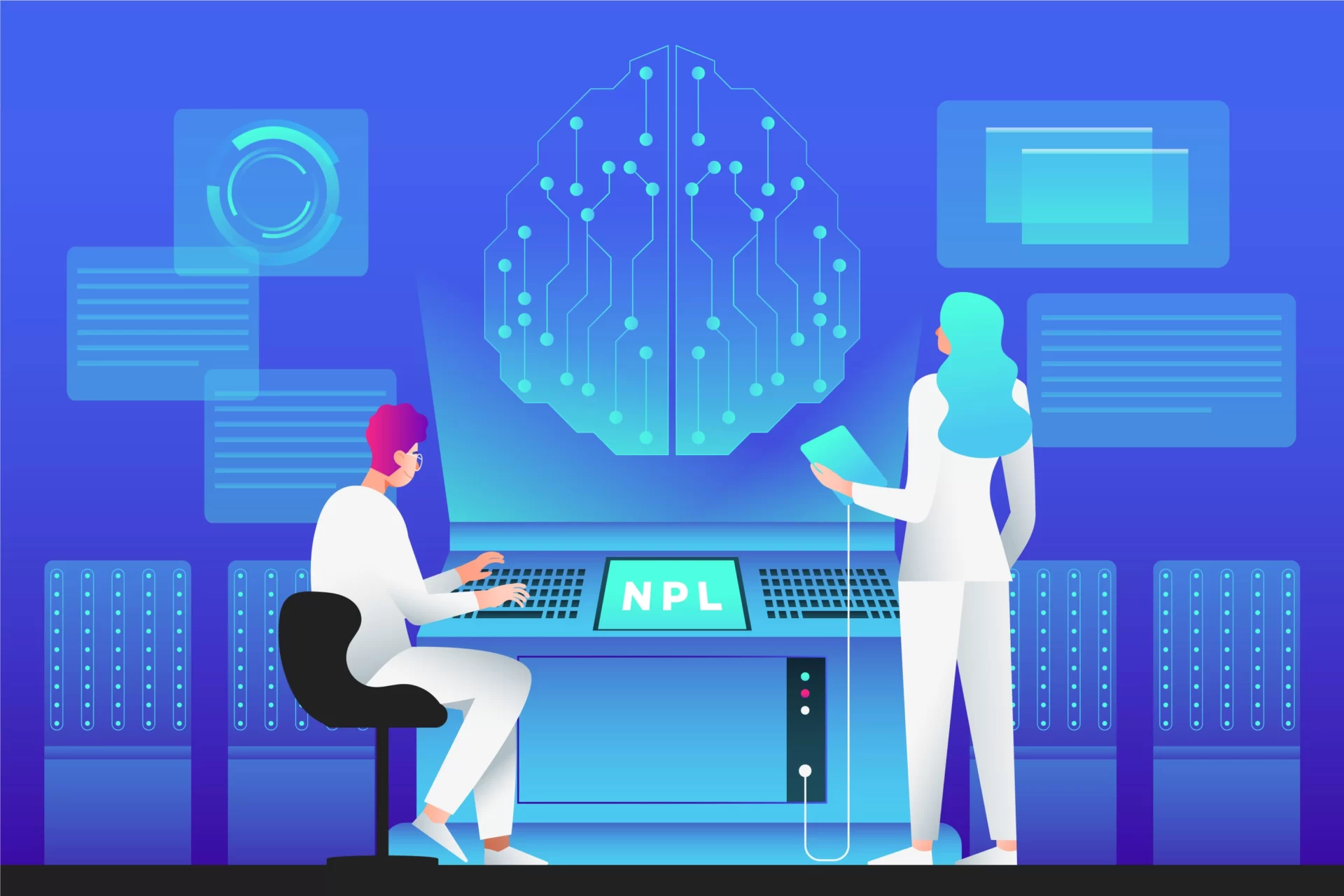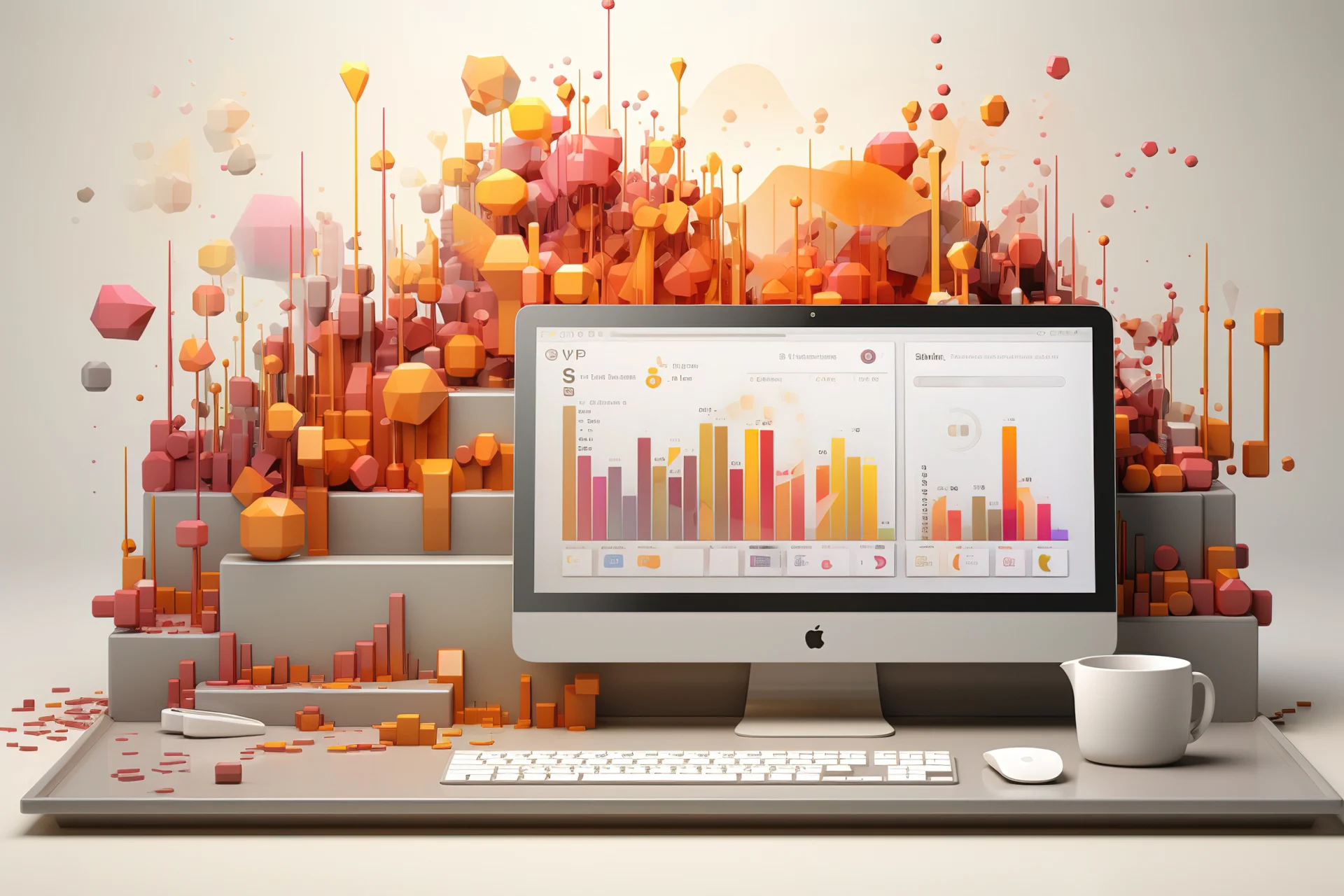Computer vision, a field that allows computers to gain high-level understanding from digital images or videos, is transforming the way we interact with technology. In this blog post, we will delve into the world of computer vision development, exploring its history, key concepts, practical applications, and future trends.
History of Computer Vision
The history of computer vision is a fascinating journey that dates back to the 1960s. The field has evolved significantly over the decades, with advancements in technology and algorithms driving its growth. One of the key milestones in the history of computer vision is the development of the Foveated rendering, a technique that accelerates rendering by taking advantage of human eyes’ inherent features.
The Birth of Computer Vision
The birth of computer vision can be traced back to the 1960s when Larry Roberts, often referred to as the “father of computer vision,” published his MIT PhD thesis on the possibility of extracting 3D geometric information from 2D views.
Evolution and Growth
Over the years, computer vision has grown and evolved, with significant advancements in both hardware and software. The development of machine learning algorithms and the advent of deep learning have particularly revolutionized the field.
Key Concepts in Computer Vision
Understanding computer vision requires familiarity with several key concepts. These include image recognition, object detection, image segmentation, and motion analysis, among others.
Image Recognition
Image recognition is the process of identifying and detecting an object or feature in a digital image or video. This concept is used in many applications, including biometric recognition and autonomous vehicles.
Object Detection
Object detection involves identifying the presence, location, and type of one or more objects in an image. It is commonly used in applications such as video surveillance and advanced driver assistance systems (ADAS).
Practical Applications of Computer Vision
Computer vision has a wide range of practical applications, from healthcare to retail to transportation. It is used in medical imaging for disease detection, in retail for automated checkout, and in transportation for autonomous vehicles.
Healthcare
In healthcare, computer vision is used in a variety of applications, including medical image analysis, patient monitoring, and robotic surgery. For instance, computer vision algorithms can analyze medical images to detect diseases such as cancer at early stages.
Retail
In the retail sector, computer vision is used for automated checkout systems, customer behavior analysis, and inventory management. Automated checkout systems, for example, use computer vision to identify and track products, eliminating the need for manual scanning.
Future Trends in Computer Vision
The future of computer vision is promising, with several emerging trends that are set to shape its trajectory. These include edge computing, the use of LiDAR technology, synthetic training, explainable AI, and the development of neuro-symbolic models.
Edge Computing
Edge computing is a trend that involves processing data closer to the source where it is generated, reducing latency and improving efficiency. This is particularly relevant in computer vision applications where real-time processing is crucial.
LiDAR Technology
LiDAR technology, which uses light in the form of a pulsed laser to measure distances, is increasingly being used in computer vision, particularly in the field of autonomous vehicles.
Synthetic Training
Synthetic training involves the use of artificially created data to train computer vision models. This approach can help overcome challenges related to data scarcity and privacy.
Explainable AI
Explainable AI refers to techniques and methods in the application of artificial intelligence such that the results of the solution can be understood by human experts. It is becoming increasingly important in computer vision as it provides transparency to AI-driven decisions.
Neuro-symbolic Models
Neuro-symbolic models combine neural networks with symbolic reasoning, enabling the model to learn from less data and reason more effectively. This approach is gaining traction in the field of computer vision.

Frequently Asked Questions
What is computer vision?
Computer vision is a field of artificial intelligence that trains computers to interpret and understand the visual world. It enables computers to identify and process objects in images and videos in the same way that human vision does.
What are the applications of computer vision?
Computer vision has a wide range of applications across various industries. It is used in healthcare for medical image analysis, in retail for automated checkout systems, in transportation for autonomous vehicles, and in many other areas.
What are the future trends in computer vision?
The future trends in computer vision include edge computing, the use of LiDAR technology, synthetic training, explainable AI, and the development of neuro-symbolic models.
As we continue to advance in the field of computer vision, we can expect to see even more innovative applications and trends that will continue to transform our world. Stay tuned to our blog for more insights into the exciting world of computer vision development.

